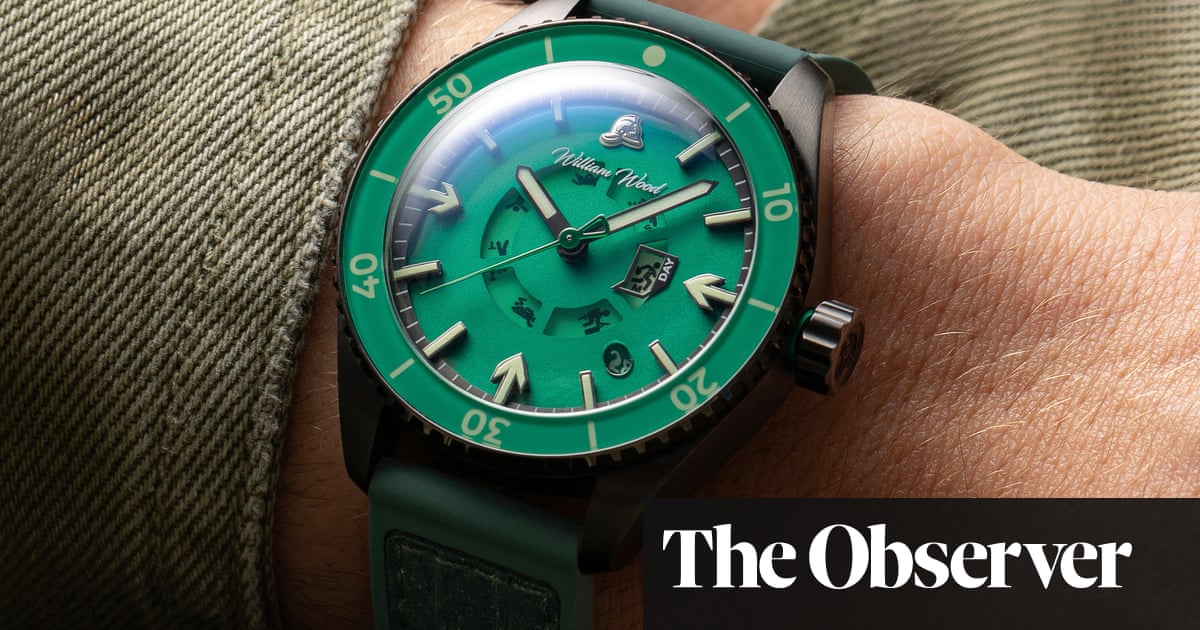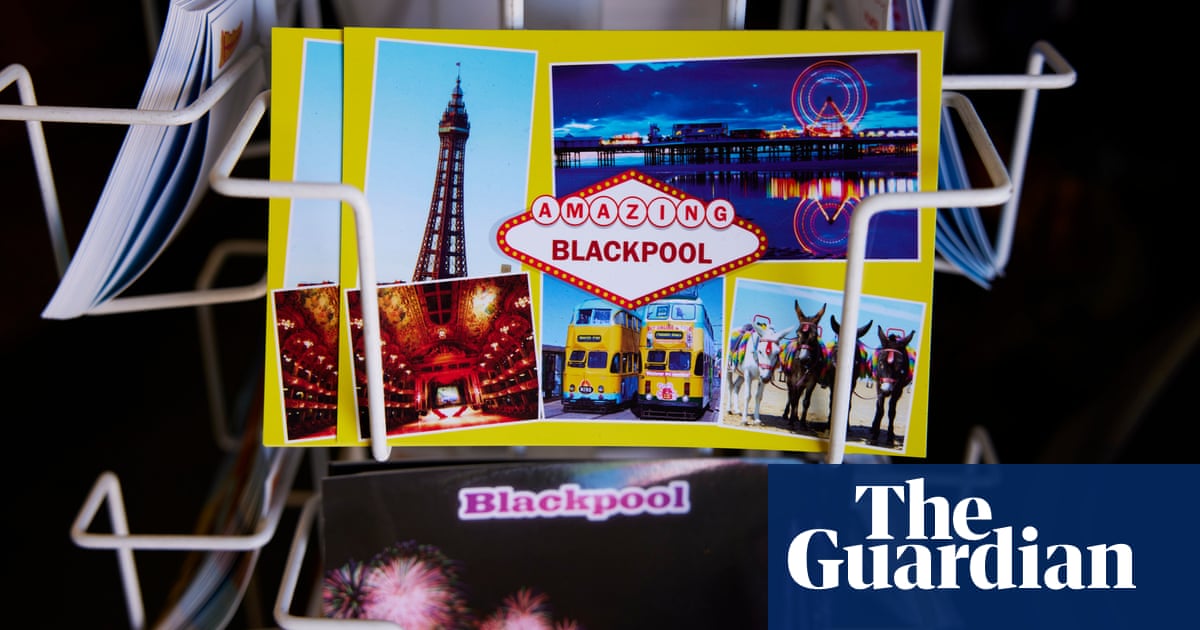
Watch collectors and horological connoisseurs added a new trade fair to their calendars this year. It was not launched in Switzerland – centre of excellence for luxury timepieces and home to brands such as Patek Philippe and Rolex – nor with a party in Paris or Milan attended by fashion’s front row, but at a Royal Horticultural Society lecture hall in London.
The inaugural British Watchmakers’ Day attracted international visitors from the US, Dubai and Norway last month, and tickets sold out six weeks in advance. The most expensive watch at the event went for more than £595,000 – it was sold in a closed bid auction, and the exact price was not disclosed – but timepieces around the £100 mark were also snapped up.
Though still relatively small – for comparison, Watches And Wonders Geneva, an annual international trade fair this month, attracted 45,000 visitors – British Watchmakers’ Day reached its 1,400 capacity, and was set up in response to a growing industry.
In 1800, the UK made around half of the world’s watches: 200,000 a year. Apart from a brief postwar renaissance , the industry has been in constant decline – until now.
“This is a phenomenon which has been building for several years now,” said Alistair Audsley, co-founder and CEO of the Alliance of British Watch and Clock Makers, which organised British Watchmakers’ Day. “It’s a combination of a fresh proposition from makers and collectors willing to look beyond the ‘superbrands’ to discover new watches.
“This trend accelerated during Covid lockdowns when watch collectors spent more time online and discovered an entirely new, British dimension to watches.”
British horology is piquing interest at a time when the global luxury watch market is experiencing a slowdown. This month, the Federation of Swiss Watches announced that exports were down overall, with a drop of over 25% in China. Sales of vintage timepieces at auction fell 13%.
Tracey Llewellyn, editor of the Horological Journal for the British Horological Institute, said the cult of particular British watchmakers has been key: “Around 2020, watch collecting, which had previously been niche, became a worldwide phenomenon – with a focus on independents, who make very small numbers of watches and specialise in hand craftsmanship and finishing.
“Many of these artisans credit the late Isle of Man horologist George Daniels and his book Watchmaking as their inspiration. This turned attention on Brits following in his wake, particularly Daniels’ sole apprentice, Roger Smith.”
London-based Charles Frodsham & Co are highly esteemed horologists, as are Craig and Rebecca Struthers, based in Birmingham. Rebecca Struthers’ book, Hands of Time: a Watchmaker’s History of Time, published last year, was a BBC Radio 4 book of the week and was praised by Stephen Fry and The Repair Shop’s Jay Blades. “Rebecca’s book crossed into the mainstream in a way not seen since 1995’s Longitude by Dava Sobel,” said Llewellyn. “Hands of Time has now been translated into eight languages.”
Many watchmakers are reaching new markets, attracted to creative designs at more affordable prices. Mr Jones Watches was dreamed up by graphic designer Crispin Jones. The brand is probably best known for the “Accurate” model, with one hand bearing the word “Remember” and the other “you will die”. Its “Berry Late Again” model bears the words “Fuck it! Time is just a social construct” on the face, with two strawberries marking the hour and minutes. Both sell for £225.
Richard Benc, founder of Studio Underd0g, attended British Watchmakers’ Day dressed as a pizza chef because his designs are inspired by food. They cost from £500 to £800, and were the hit of the fair. Together with orders from an online restock, he sold 5,930 watches with implied sales value of £3.5m, an achievement that meant Studio Underd0g outsold Rolex in the UK that day.
Personal stories and connections are also popular. Paulin Watches, whose timepieces sell from £475, is based in Glasgow and is inspired by local architect Charles Rennie Mackintosh. Vertex and Fears are heritage brands recently relaunched.
William Wood Watches is named after founder Jonny Garrett’s grandfather, who worked for Newcastle and Gateshead fire brigade on the blue watch, after which one of its watches is named. The timepieces are made from upcycled materials such as hosepipes and helmets from the fire service, and the brand has been commissioned to make commemorative watches for fire services in the UK, US and Australia.
Garrett thinks that British watchmakers’ show unique creativity because many of them are so new to the industry: “Swiss makers have hundreds of years of experience on many of us. We don’t have great-grandfathers who made watches, or hundreds of thousands of people who know our brands by name. We have to be unique and own our niches. We have to have a strong USP.”
A byproduct of this is a new camaraderie. “It was pretty lonely being an independent British watchmaker when I started in 2017,” said Garrett. “Now there’s an open-door policy between founders. British Watchmakers’ Day was pretty epic. It felt like we were part of something bigger.”
According to Alistair Audsley: “We’re seeing exponential growth and that makes the whole sector look at long-term opportunities. We’re also seeing more makers take on skilled craftspeople. Meanwhile we’re building our own major brands. It’s a long journey ahead but we’re taking bigger steps.”
Garrett added: “We have to stop people thinking that their first nice watch has to be Swiss.”












